Resurrecting the Past: How Historical Architecture Shapes the Future
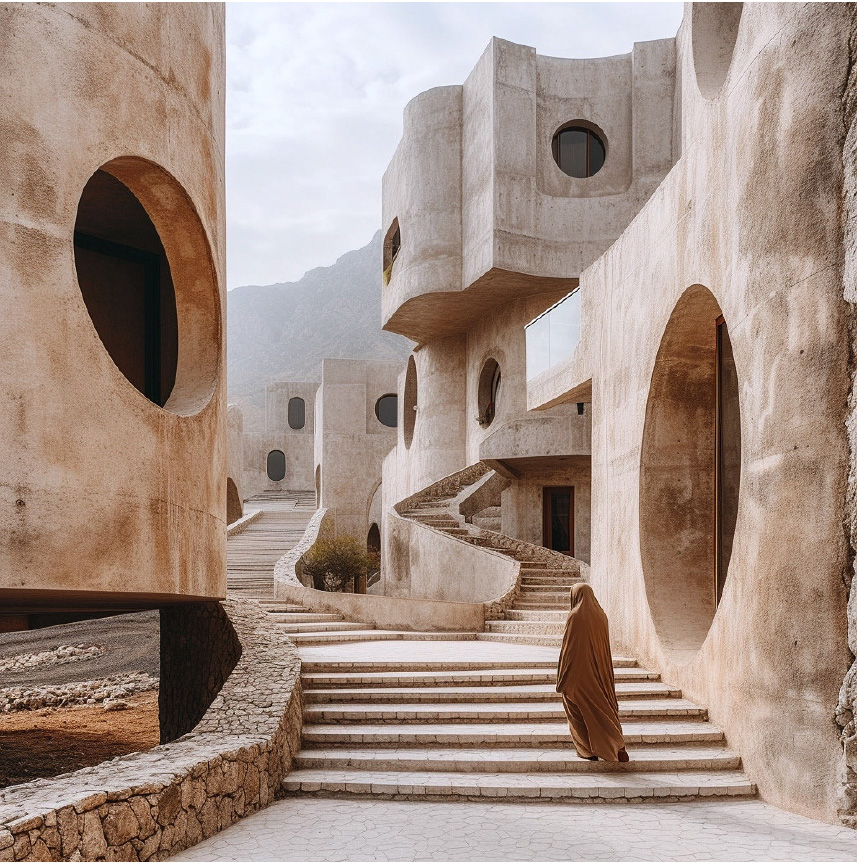
@reemmosleh
Jeddah, Saudia Arabia
Architecture has always been more than just the skill of creating structures; it is a physical expression of human culture, history, and inventiveness. Each structure tells a narrative, encapsulating the spirit of the time period in which it was built while also reflecting humanity’s developing ambitions. As civilizations enter the twenty-first century, architects are increasingly faced with the task of reconciling historical identity with modern innovation. This delicate interaction between past and present is critical for building environments that are not just practical but also emotionally meaningful.


The Timeless Value of Historical Architecture
Historical architecture acts as a storehouse for cultural memory. Every design feature, from Gothic spires to Islamic arabesques,
provides insights on the values, beliefs, and technical developments of the period. Structures such as the Great Pyramids of Giza, the Parthenon in Athens, and the Taj Mahal in India are more than just buildings; they are expressions of human ingenuity and ambition.
However, historical architecture is not just about preservation. Its concepts frequently inspire modern designs. Architects currently use historical features to inform their modern designs. For example, biomimicry and biophilic design—nature-inspired trends—can be traced back to ancient structures that were precisely crafted to blend with their surroundings.
By researching the past, architects may combine time-tested techniques with current materials and technology to create structures that transcend their era.This confluence of history and innovation guarantees that the built environment is dynamic and culturally meaningful.
A stunning concrete and glass design by Reem Mosleh, seamlessly merging architecture with the rocky landscape.
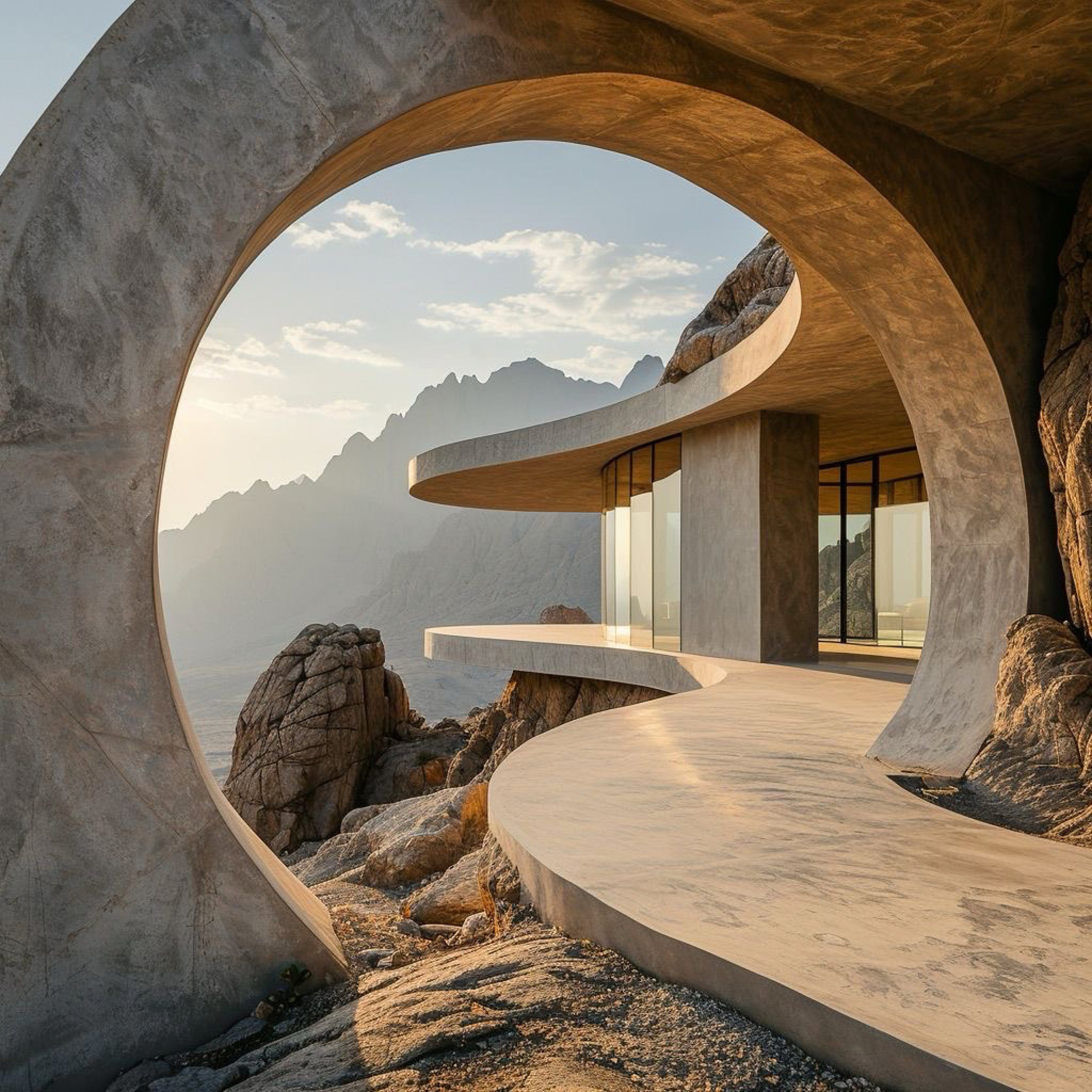
The Challenges of Preserving Architectural Identity
Globalization and urbanization are major dangers to architectural identity. Cities throughout the world are becoming more homogenous, with towering glass skyscrapers replacing the unique architectural forms that formerly distinguished them. The challenge for contemporary architects is to oppose this trend while seizing the potential provided by modern technologies.
For example, adaptive reuse, which repurposes ancient structures for new purposes, has become a popular alternative. This strategy not only protects a structure’s historical and cultural importance, but it also promotes sustainability by lowering the need for new construction. Examples include the Tate Modern in London, which was converted from a 19th-century power plant, and the Zeitz Museum of Contemporary Art Africa in Cape Town, which was built from disused grain silos.
Blending Tradition and Modernity
The genuine art of architecture is the harmonious integration of history and modernity. This necessitates a thorough study of historical settings as well as an awareness of current demands. Reem Mosleh, a RIBA Chartered Architect and LEED Accredited Professional, exhibits this technique.
Mosleh draws inspiration from history, science, and art to include pieces of the past into her designs, creating places that feel timeless. Her preoccupation with biophilic and biomimetic design shows an underlying connection to the natural world—an ethos profoundly ingrained In historical architecture. Mosleh bridges the gap between past and present by incorporating these concepts into her creations, providing a vision of the future that is grounded in its origins.
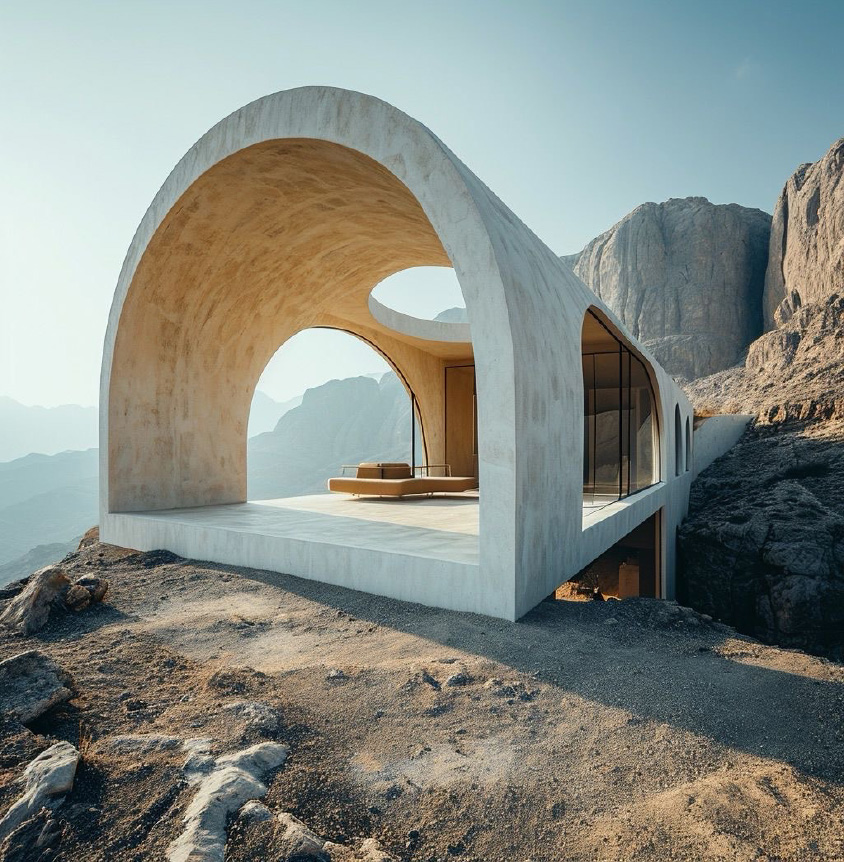
The Importance of Biophilic and Biomimetic Design
Biophilic and biomimetic design ideas are transforming modern architecture. While biophilic design stresses a connection to nature by including natural materials, vegetation, and open spaces, biomimicry takes it a step further by emulating natural shapes, functions, and processes.
Ancient civilizations frequently used these concepts instinctively. Traditional Arabic architecture, for example, uses courtyards and mashrabiya screens to assist natural ventilation and temperature regulation in dry regions. Similarly, the Parthenon’s design combines aspects that reflect natural symmetry and balance.
Incorporating historical concepts into modern design improves a building’s utility and sustainability while also increasing its emotional and visual appeal. Mosleh’s work, for example, frequently follows this idea, resulting in places that speak deeply to their residents.
The Impact of Cultural Context
Architectural design is heavily influenced by cultural identities. Buildings are not solitary buildings; they are embedded in a greater cultural and historical story. A wise architect must analyze the cultural environment in which a structure stands and ensure that it adds value to its surroundings.
For example, incorporating Islamic geometric motifs into contemporary architecture honors the rich tradition of Islamic art while providing limitless opportunities for modern reinterpretation.
Similarly, vernacular architecture, which employs local materials and building methods, offers a sustainable and culturally relevant design option.
Science, history, and art: the three pillars of innovation
Architecture innovation does not happen in a vacuum; it is frequently the consequence of interdisciplinary inspiration. Science, history, and art give architects with a multitude of ideas to work with.
For decades, Gian Lorenzo Bernini’s masterpieces have served as an inspiration to architects. Bernini’s baroque sculptures, renowned for their command of curves and movement, continue to influence current design. Mosleh’s appreciation for Bernini reveals her desire to combine creative expression with architectural utility.
Similarly, breakthroughs in science and technology have broadened the scope of architectural possibilities.
From the discovery of carbon-neutral materials to the application of artificial intelligence in design processes, these advancements are assisting architects in creating structures that are not only beautiful but also ecologically conscious.
Emotional Impact of Good Design
Good design is more than simply aesthetics; it is about creating environments that elicit emotions and build connections. A well-designed structure may evoke wonder, warmth, and a sense of belonging.
The emotional connection is what distinguishes architecture as a living art form. Spaces become more than simply architecture; they become collections of memories and experiences. Whether it’s the peacefulness of a sunny patio or the majesty of a cathedral, architecture’s emotional effect assures its long-term importance.
A Dynamic Dialogue Between Past and Future
Architecture’s future depends on its capacity to change while remaining grounded in its historical and cultural roots. By taking a multidisciplinary approach, architects may create environments that honor heritage while addressing current issues.
Reem Mosleh’s work exemplifies this idea. Her designs combine biophilic concepts with historical influence, resulting in environments that are both original and timeless. Drawing on the past, she creates a vision for the future that embraces humanity’s inherent connection to the natural environment.
The interaction of history and invention is what distinguishes architecture as a dynamic field. Architects may build places that speak to several generations by retaining architectural character while embracing current possibilities.
As we turn to the future, one issue remains: How can architecture adapt while remaining loyal to its roots? The answer is a careful balance that honors the past, appreciates the present, and anticipates a sustainable and inclusive future.
Reem Mosleh’s work reminds us that architecture is more than simply designing structures; it is about creating surroundings that have an impact on people’s lives and will last. In the hands of imaginative builders like her, the past becomes a basis for innovation, influencing a future in which history and modernity coexist together.
MERMAID: Exploring the Boundless Creativity of RAI’s AI-Generated Art
Instagram: @luceo.non.uro | Liege, Belgium Art has always been a reflection of human imagination,...
From Collection to Creation: An AI Artistic Journey
Instagram: @luceo.non.uro | Liege, Belgium In the heart of Ronse, Belgium, lives a remarkable...
Porcelain Elegance: Exploring the Surreal Dreamscapes of Sila Sehrazat Yucel
Instagram: @silasehrazatyucel | Istanbul, Turkey In the ever-evolving landscape of digital art,...
Exploring Healing and Creativity Through Art: The Inspiring Journey of Native
Instagram: @luceo.non.uro | Liege, Belgium Art has always been a medium of self-expression, a...
Revolutionizing Aviation Design: How Urszula Postek Zwierzynska is Blending Architecture, Nature, and AI
@ou.zziLondon, UK The world of design is evolving at an unprecedented pace, and at the...
Clemens Maurer: A Voyage Through the Uncanny and the Sublime
@ai_made_me_do_this | Berlin, Germany In the pulsating heart of Berlin, where innovation meets...
Featured
Now Publishing

UNEXPECTED BEAUTY
105 | PGs
Released Nov 01, 2024

AI and the Evolution of Fashion Design
105 | PGs
Released Dec 01, 2024
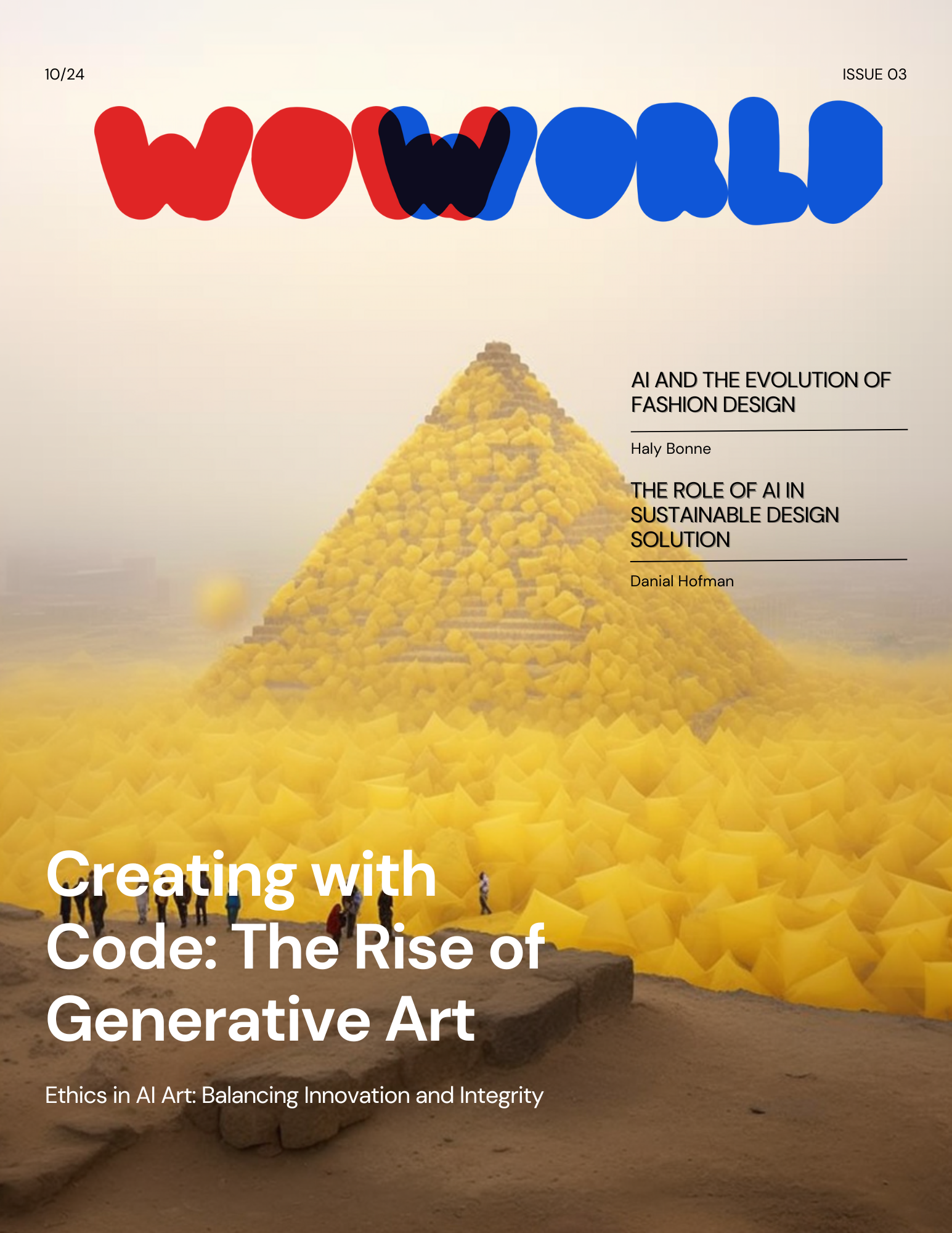
Creating with Code
105 | PGs
Released Dec 01, 2024
More…
Raise your awareness
Get Your Art to be Featured
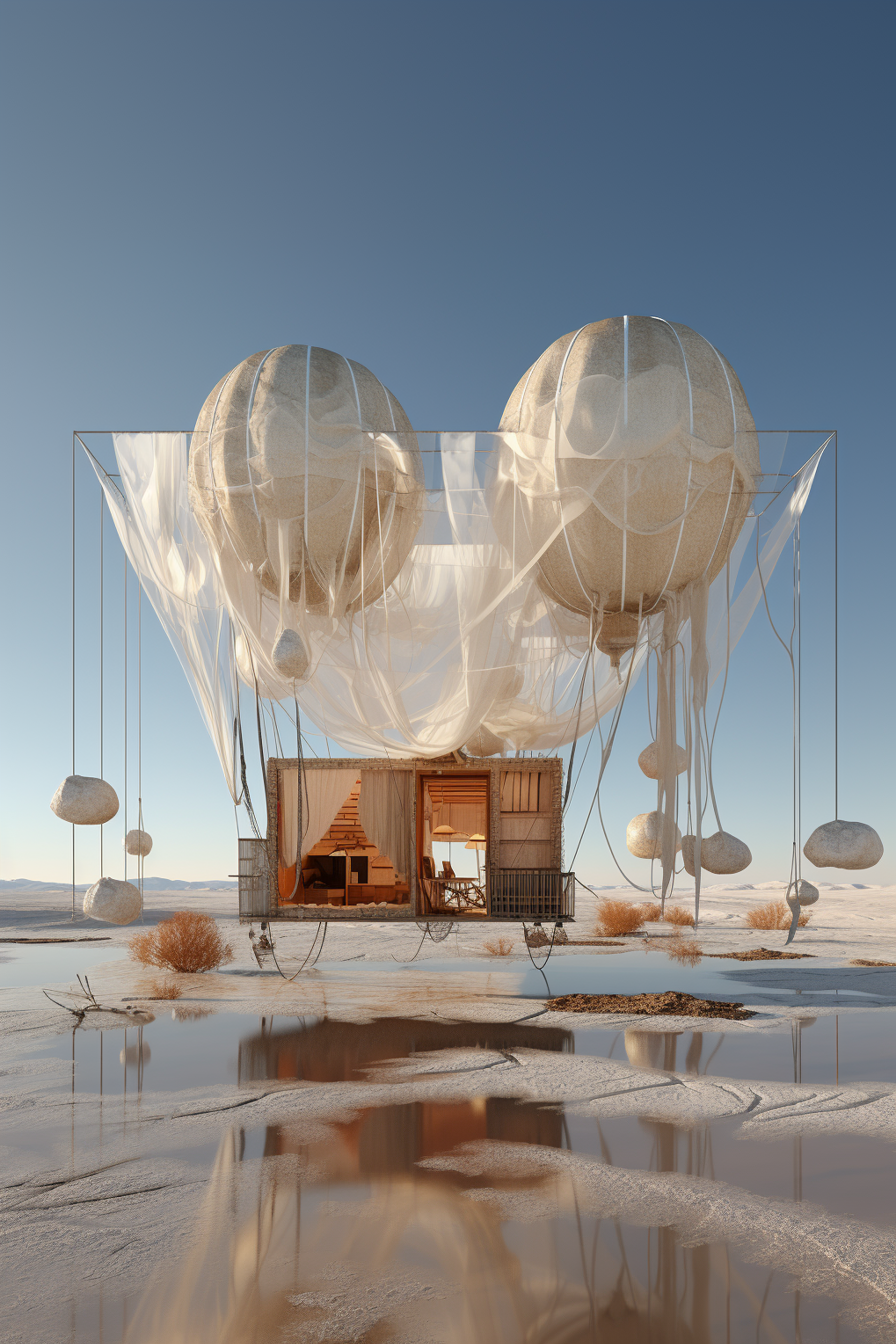
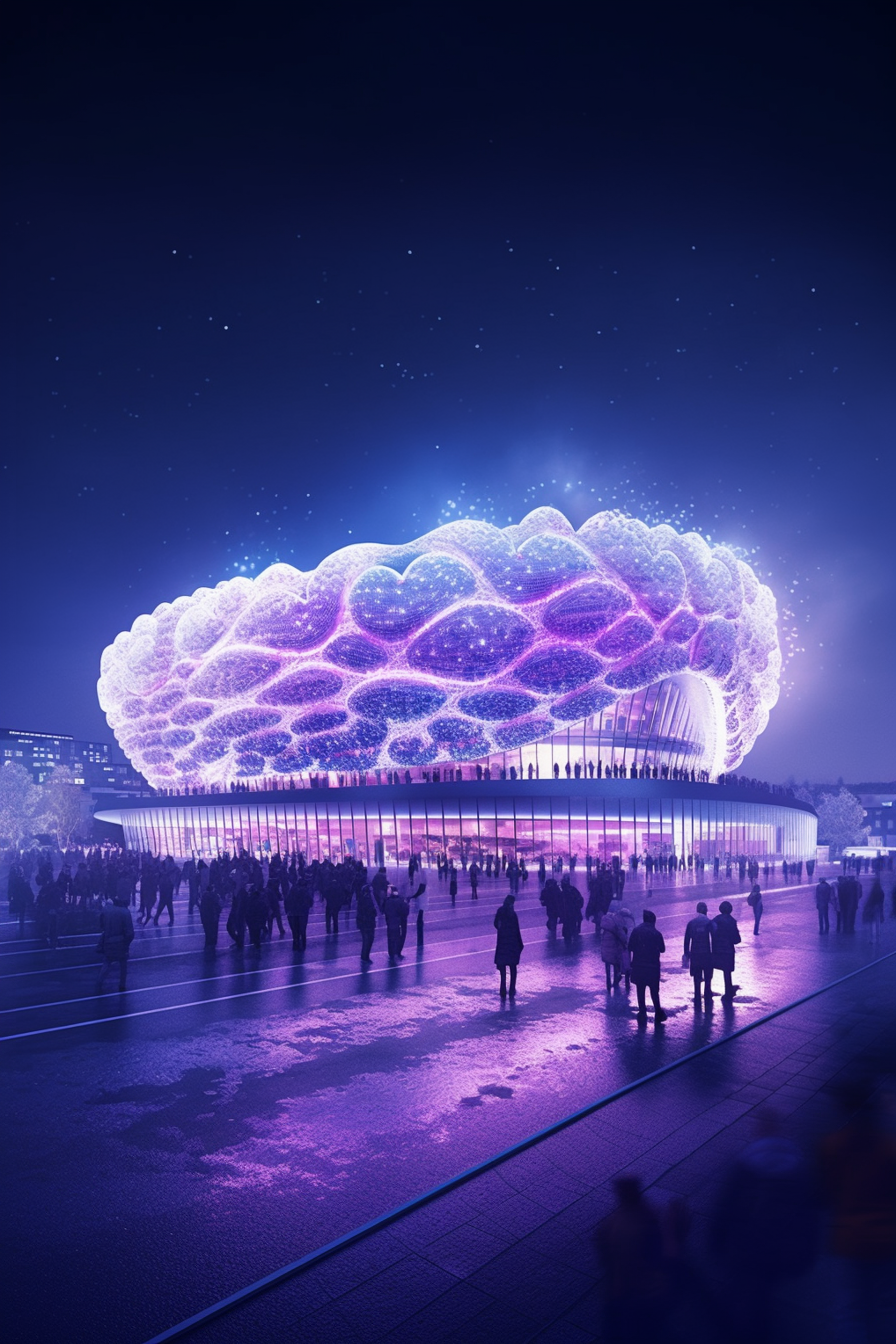
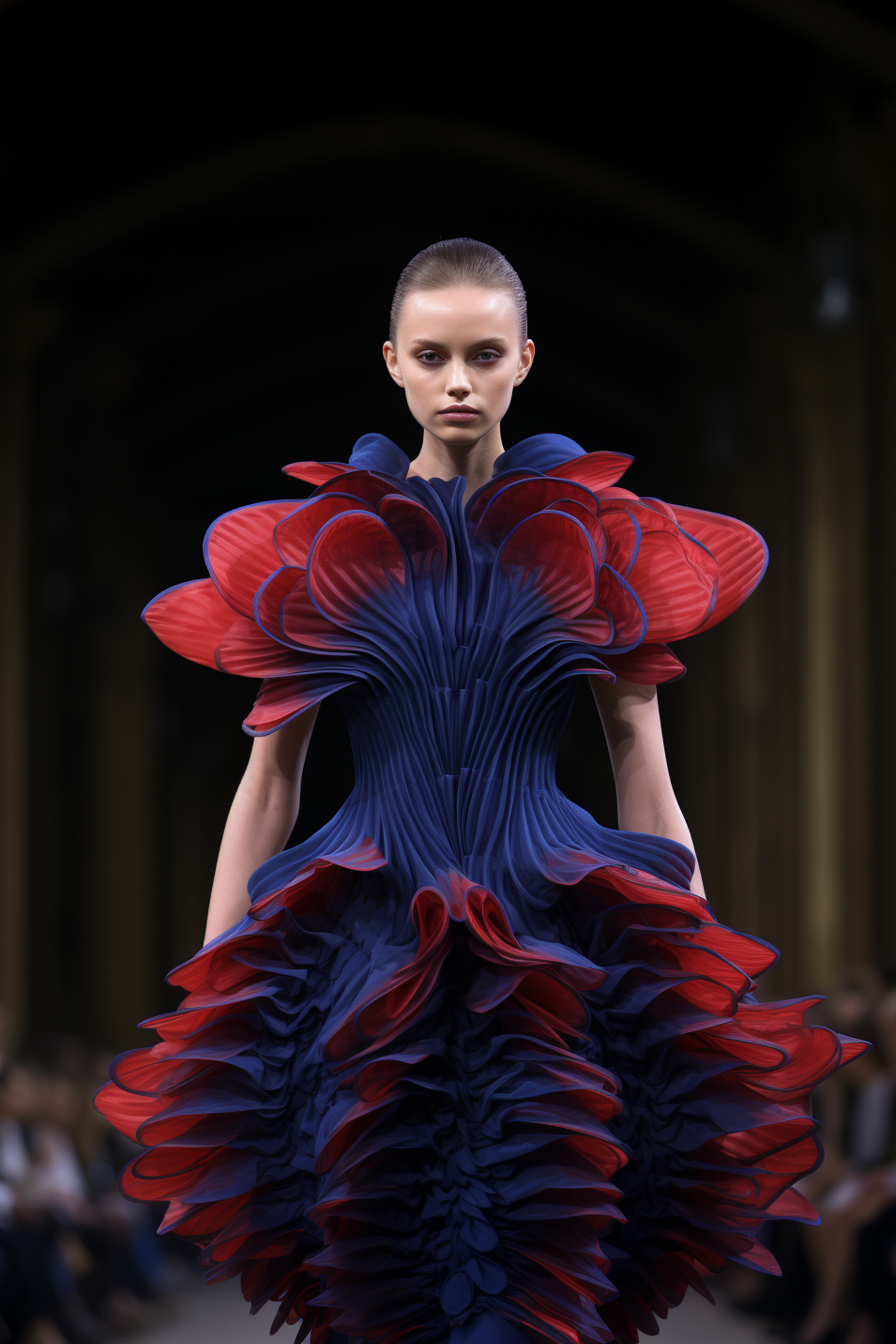

WOW
WORLD Magazine
Experience AI
about Us
WOW WORLD Magazine is an international publication focusing on the intersection of art, and design driven by AI. It aims to showcase both emerging and established talent who use algorithms and data to create innovative works of art
Contacts
INVERT LLC
USA
5830 E 2nd St, Ste 7000 #6984 Casper, Wyoming 82609
+1 (307) 683-8002
Blog Posts
Get in touch






